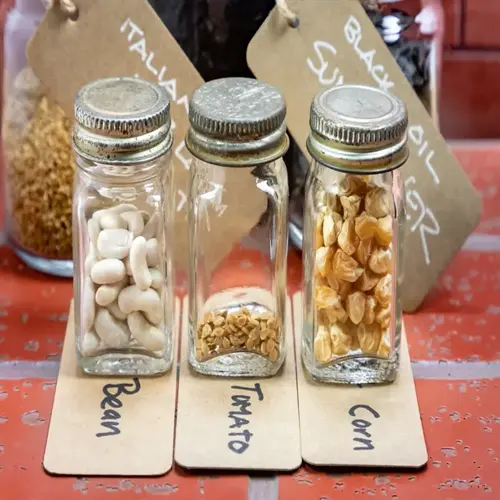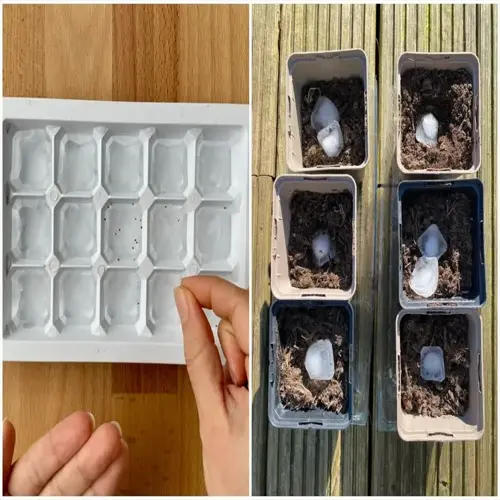What pests resemble mealybugs?

Written by
Kiana Okafor
Reviewed by
Prof. Martin Thorne, Ph.D.Numerous garden pests closely imitate mealybugs' unique cottony white look, making it difficult for gardeners to identify and manage. Properly identifying mealybugs, woolly aphids, and cottony cushion scale will help you avoid frustrating treatments that don't work and stress to the plant. While woolly aphids and cottony cushion scale have cottony pad coverings, their management methods differ significantly. I mistakenly identified woolly aphids on my apple tree, which required prolonged treatment.
Woolly Aphids
- Found primarily on outdoor trees and shrubs
- Produce long white waxy filaments
- Cause galls and twisted growth on branches
- Treat with dormant oil sprays in winter
Cottony Cushion Scales
- Target citrus and ornamental plants
- Display large white egg sacs
- Cause leaf yellowing and premature drop
- Control with targeted insecticidal soaps
Root Aphids
- Inhabit soil and root systems
- Appear as white powdery deposits on roots
- Cause wilting despite proper watering
- Treat with soil drenches and repotting
Accurate identification requires close examination of insect features. Mealybugs have pronounced body segmentation, which can be examined under magnification, where the body looks like a segmented oval. In contrast, scales look like a rounded bump. Root aphids can only be seen during repotting. I keep a jeweler's loupe handy to ensure proper pest examination, which minimizes treatment time and ensures accuracy.
Treatment methods differ greatly between these look-alike pests. Mealybugs are treated well using localized treatment, scaly bugs require suffocation treatments, and root aphids require soil drenches. Misapplication damages beneficial insects and consumes time and resources. My citrus was able to ultimately recover by properly identifying cottony cushion scales.
Avoid confusion through proactive monitoring. Keep a history of pest sightings, including photos. Use university extension resources if you have questions. Maintain records of plant health, including patterns of prob susceptibility. These practices allowed me to recognize the mealybugs of Planococcus citri composition vs a look-alike pest in my greenhouse.
If you are unsure, use broad-spectrum remedies like neem oil, which act on multiple pests; these can be combined with physical removal practices. Introduce general predators like ladybugs! This worked on my compromised rose bushes before I was able to identify the pest accurately.
Read the full article: How to Treat Mealybugs: 10 Proven Methods

